How is sea sand obtained and where is it used?
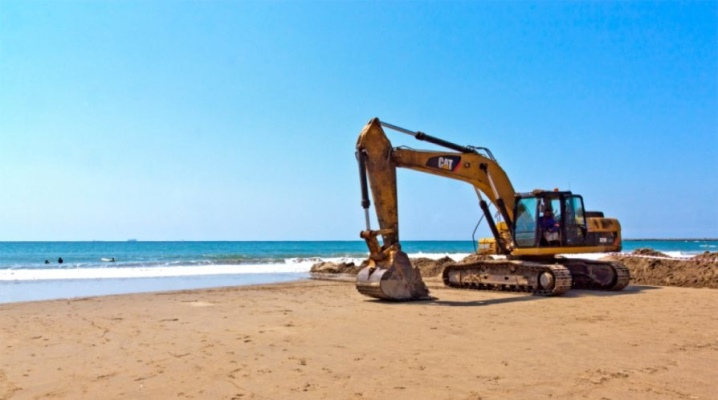
At its core, sea sand is sedimentary deposits. This material is in great demand among physicians, builders, landscape designers and many other professionals. Today in our article we will talk in more detail about the features and distinctive features of the material.
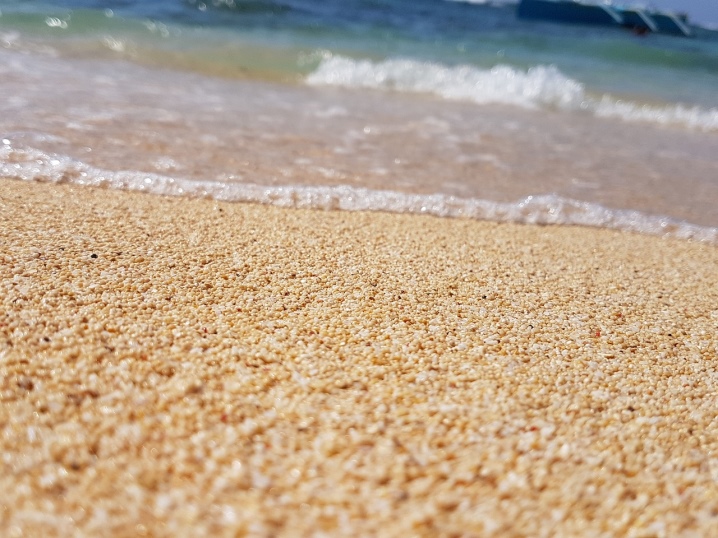
Composition and properties
Sea sand is homogeneous and characterized by a high level of purity - there are no unwanted impurities and clay. The composition of the mineral traditionally includes substances such as quartz (for the most part) and spar.
Quartz has a significant effect on the chemical properties of sea sand, as it is characterized by increased strength and resistance.
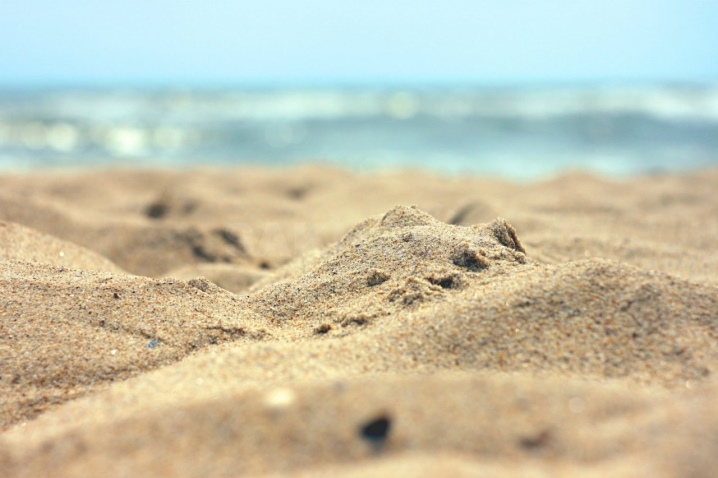
The traditional color of the sea mineral is beige. However, you can also find light (white) varieties - most often such a mineral can be found in tropical climates. Sea sand is formed by erosional processes inside limestone.
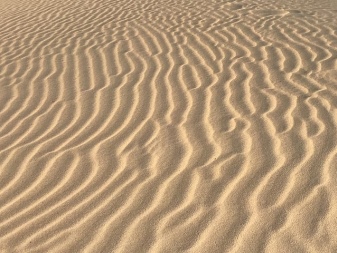
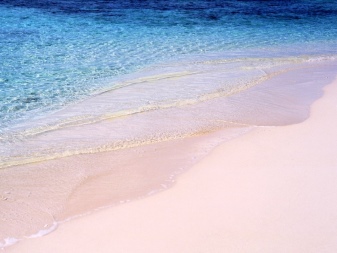
The size of the material fractions is about 0.3 cm. In addition to this indicator, such properties of the mineral as density and weight (usually measured in kg) play an important role. These qualities of sand are regulated by the corresponding GOST.
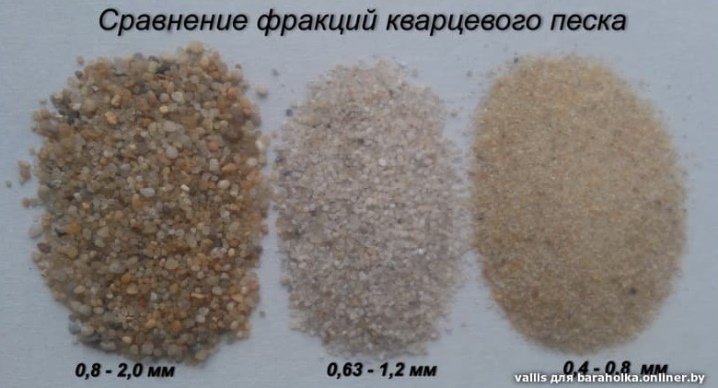
In addition, in order to make sure that you are purchasing high-quality material that will fully fulfill its functional purpose, it is imperative to evaluate the type of mineral under a microscope.

Varieties
The main properties of sea sand, on the basis of which its classification is carried out, are the size, composition and structure of microscopic particles that form the material. So, experts distinguish 3 main types:
- dusty;
- coarse-grained;
- clayey.

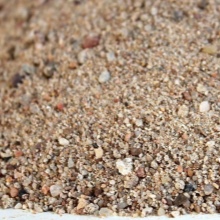

However, it is important to keep in mind the fact that each of these varieties is suitable for performing different kinds of tasks. Respectively, when choosing and purchasing, this fact should be taken into account so that the material meets your expectations.
Extraction features
Natural bulk material is extracted during dredging operations (most often in the Gulf of Finland). In this case, it is necessary to use various specialized equipment, in particular - hydraulic shells.
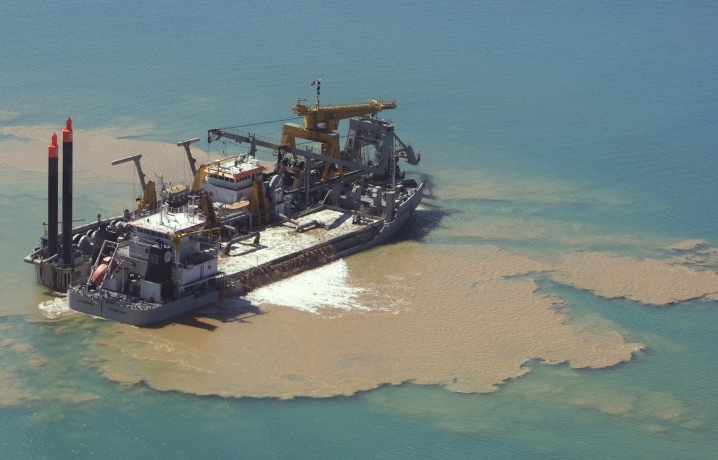
After that, without fail, sea sand undergoes thorough and multi-stage cleaning. During this process, various large particles and unnecessary organic components are eliminated. In addition, the mineral is necessarily washed with fresh water.
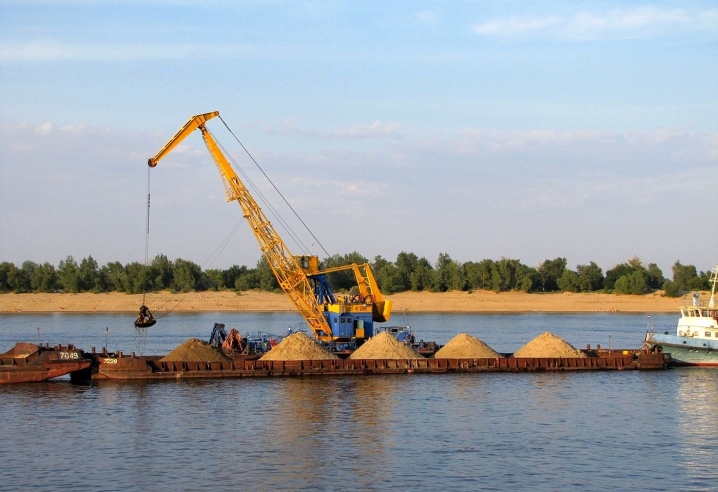
It should be remembered that all processes for the extraction and purification of material must comply with generally accepted standards and regulations.
Applications
Sea sand is a natural material that is widely used in various areas of human life. Let's consider the most popular ones.
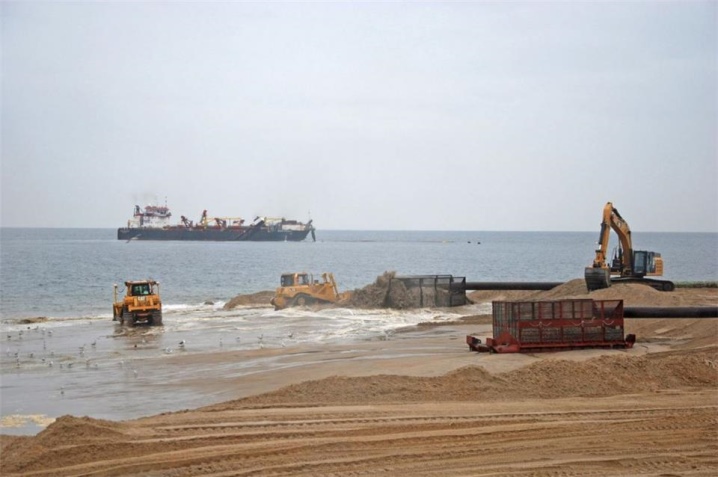
- Construction. The construction industry primarily needs high-quality sea sand. Natural bulk material is used in the process of making concrete, for the production of various finishing mixtures, for drainage, as a filter for water, etc.

- Landscaping. Of all the existing types of sand for landscaping, it is sea sand that is best suited. It is used to decorate and decorate areas around various houses and structures, as well as for the design of public areas. This is because the sea sand looks good and shines in the sun.
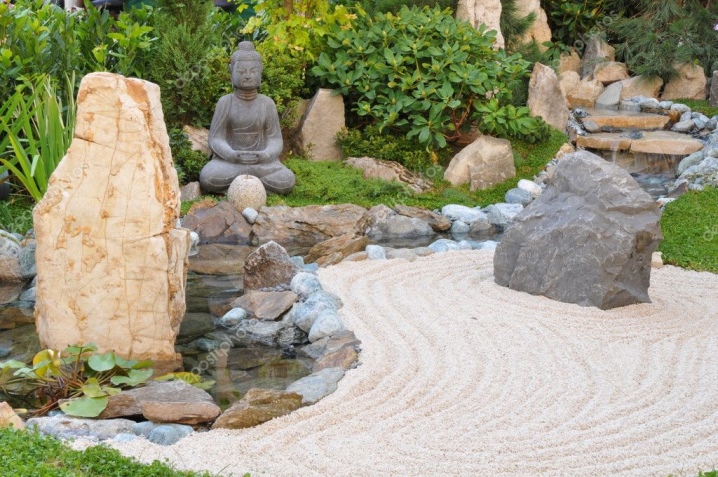
- Medicine. One of the most important characteristics of sea sand is its purity; accordingly, the material is actively used in medicine. So, it can be used to treat the musculoskeletal system and the nervous system. In addition, the natural mineral is used in the fight against rheumatism.

- Aquarium business. Often, sea sand acts as a bottom layer in home aquariums. This is due to the fact that the material has sufficient density so that eggs can be laid in it.
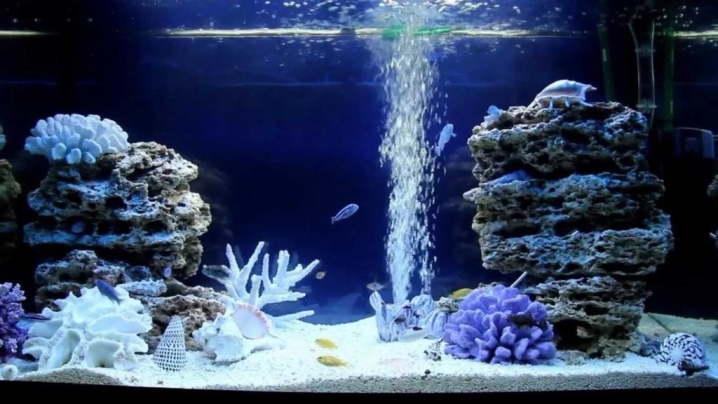
- Garden. Very often, sea sand is used to make fertilizers for the garden and vegetable garden.
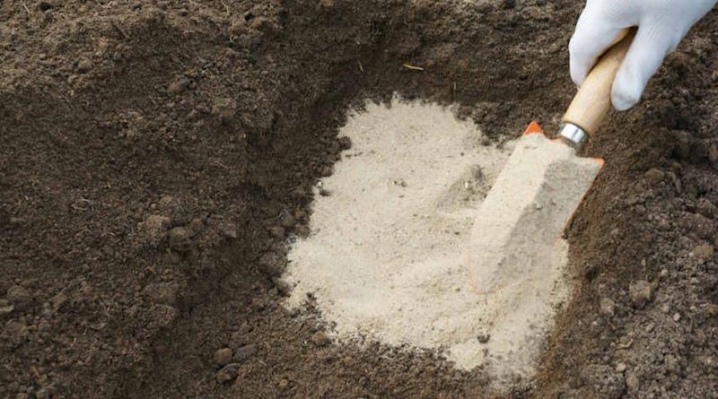
Thus, we can conclude that the scope of application of natural free-flowing minerals is quite wide.
Professionals of a wide profile will not do without sea sand in the course of performing their work functions.

One of the ways to extract sea sand is in the video below.













The comment was sent successfully.